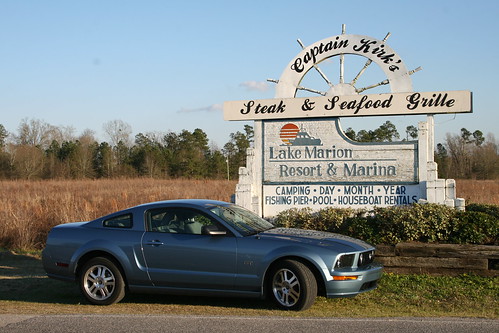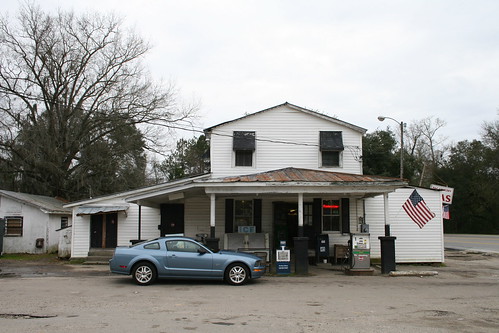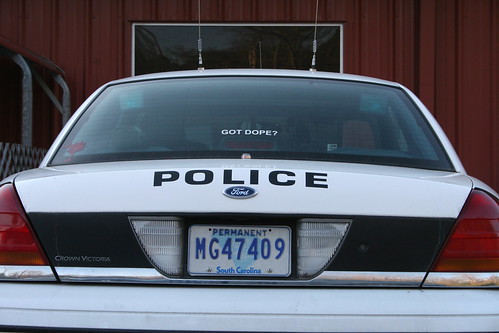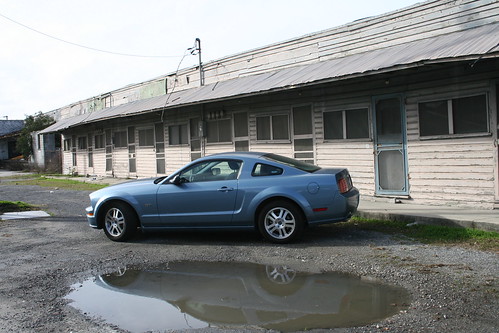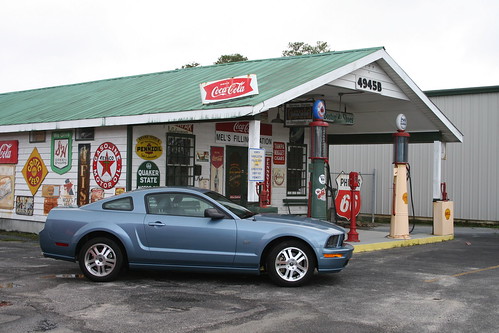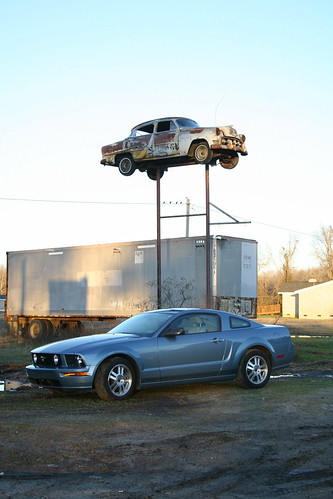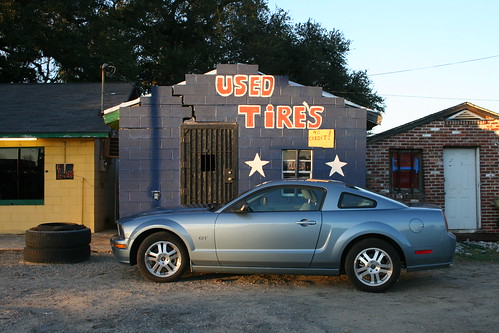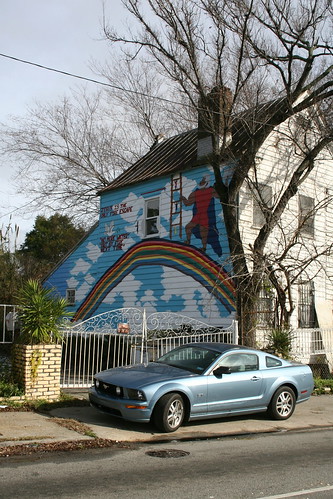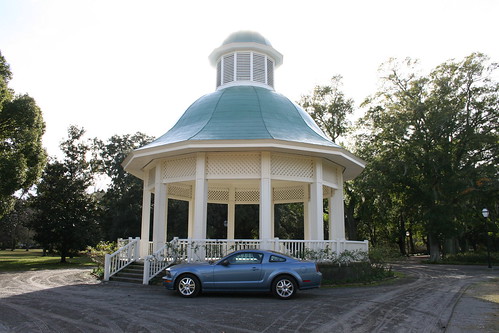
[ FOR BETTER RESOLUTION, CLICK ON IMAGE ]
As children we heard this well known song many a time, but never did it remind us of anything so much as Hampton Park in Charleston, SC:
I went to the animal fair,
The birds and the beasts were there;
The big baboon by the light of the moon
Was combing his auburn hair.
You ought to have seen the monk,
Who sat on the elephant's trunk.
The elephant sneezed and fell on his knees,
And what became of the monk, the monk?
We're parked in front of the gazebo on the east end of Hampton Park. The park is bordered by The Citadel, Dunneman Avenue, Rutledge Avenue and Moultrie Street. It's just over 60 odd acres and odd they were indeed by the 1960's. Hampton Park was built as part of the West Indian Exposition of 1901 of grand structures, elaborate lighting and a horse racing track. Any photographic account of Charleston's history worth it's silver salts will display pictures of the Exposition's opulent layout.
Those accounts go on about President Theodore Roosevelt's visit, the dramatic horticultural presentations, the mass and scale of the thing and on and on. Some accounts just end there while others begin with the new Hampton Park which we see today. There's a very large gap between those two periods. You don't read much about the park going broke after the Exposition nor are there detailed accounts of the zoo which by the mid 1960's had entered a period of squalor matched only the Tijuana Jail. We had a lion with three legs, a large bison in a very small fenced cage and the world's most profane and hygienically offensive monkeys. Visitors often tossed cigarettes at them which they had learned to puff and what they tossed at visitors we do not wish to describe. There were interconnected troughs of putrid water in which otters and some undefined slimy creatures would frolic. There were, we believe, actual mutations which obtained from these confinements.
Ponds surrounded by concrete sidewalks were home to some pretty weathered swans, random ducks, hobo coots and things which caused swirls at the water's surface, but did not show themselves. At a nice little concession stand one could buy snacks, but children bought mostly Cracker Jack of which they ate only small portions preferring to feed the balance to the demanding waterfowl. They would advance with viscous honking noises upon children offering treats while snapping angrily at the tiny hands. There was not a pleasant creature in the park. Nothing herein reminded one of Walt Disney's sweet little animal hooey.
Well, the aviary wasn't so bad. It had a very large tubular frame of galvanized pipe with miles of chicken wire wrapped about the enclosure. There was room for only short flights though creature-to-cage-size ratios were the best in the park. There were some talking birds which bad boys had taught to say nasty things. Careful mothers moved the kids swiftly past this exhibit on to dazed and smelly, but non-swearing animals.
Around 1975 the City began a program of reforming the park which remained a somewhat dangerous place into the early 80's when Charleston Police established their horse barn in the park and conducted saturation enforcement against muggers and bums. Today Hampton Park is full of beauty and light. It's visited and used by citizens more now than ever. This very gazebo, however, has been the end of life as many men knew it. They hold weddings here. Speaking of creature-to-cage-size ratios...
